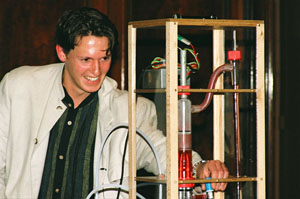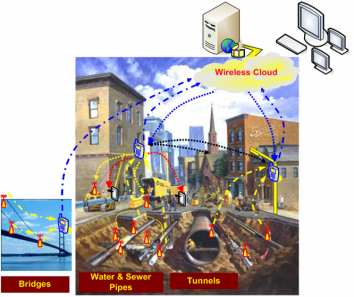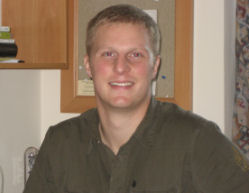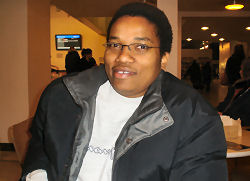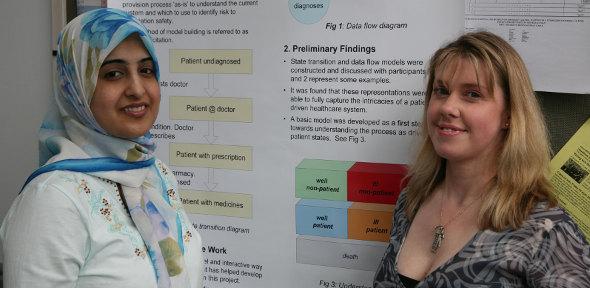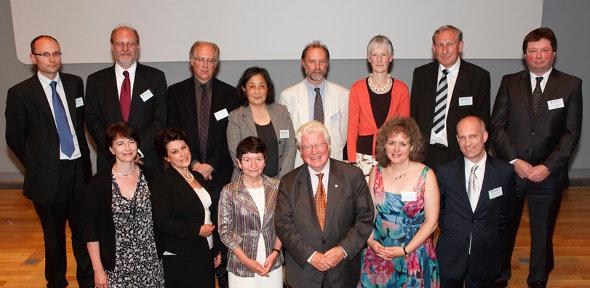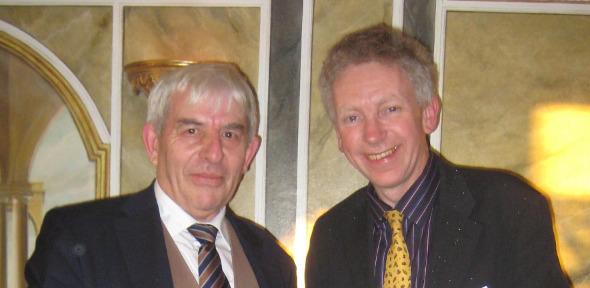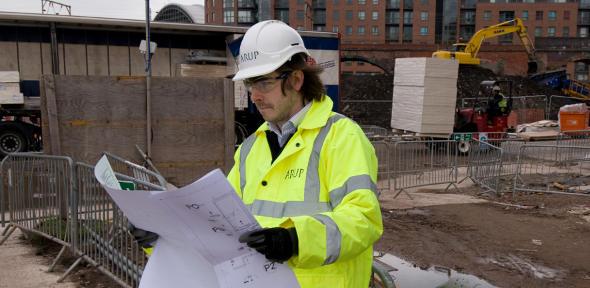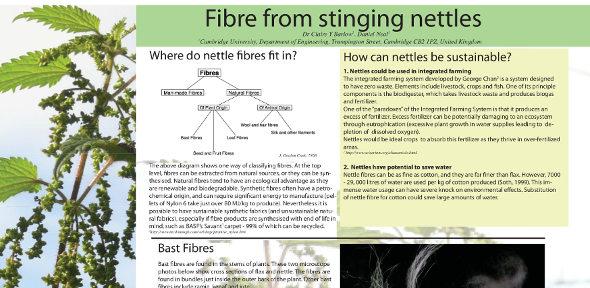Cambridge University has a strong track record in taking innovations in Nanomaterials and converting them into commercial endeavours. Here we will expose PhD students at an early stage to innovation, and grow the next general of entrepreneurs to feed the Cambridge phenomenon.
Professor Peter Littlewood, Head of the Department of Physics
The new Doctoral Training Centre (DTC) in NanoScience will equip the next generation of researchers with the skills and experience to become nanoscience entrepreneurs by turning basic science research into future applications.
The DTC offers a unique opportunity to bring together research expertise and best training practise. The EPSRC funding, of over £6 million, will support over 50 PhD students over the next five years for a four year postgraduate training programme spanning a range of disciplines.
By integrating MPhil-level training, including highly rated enterprise components, students will be stretched in new directions. The DTC will provide postgraduates with a broader experience than currently possible in either graduate research or technological innovation.
The training includes a first year of taught nanoscience courses across physics, engineering, chemistry and material science with mini-projects and nano-lab practicals. This is followed by an interdisciplinary PhD placement in one of the nanoscience research groups around the University.
An important element of the programme is exposure to innovation and business courses through the University's Judge Business School.
Drawing together a team from the Physics, Materials Science, Electrical Engineering, and Chemistry Departments it will be led by Professor Jeremy Baumberg and co-directed by Professor Mark Blamire.
Commenting on the announcement Professor Baumberg said: "This is a wonderful investment in young researchers, complementing the strong nano-fabrication infrastructure and world-class interdisciplinary groups across the University of Cambridge".
Professor Peter Littlewood, Head of the Department of Physics, said: "Cambridge University has a strong track record in taking innovations in Nanomaterials and converting them into commercial endeavours. Here we will expose PhD students at an early stage to innovation, and grow the next general of entrepreneurs to feed the Cambridge phenomenon."
Minister of State for Science and Innovation, Lord Drayson, announced the £250million initiative which will create 44 training centres across the UK and generate over 2000 PhD students. The students will tackle some of the biggest problems currently facing Britain such as climate change, energy, our ageing population, and high-tech crime.
Lord Drayson said: "Britain faces many challenges in the 21st Century and needs scientists and engineers with the right skills to find answers to these challenges, build a strong economy and keep us globally competitive. EPSRC's doctoral training centres will provide a new wave of engineers and scientists to do the job."
He continued: "These new centres will help to develop clean renewable energy, fight high tech crime, assist in reducing carbon emissions, and discover new healthcare solutions for an ageing population. This is an exciting, innovative approach to training young researchers and will help build a better future for Britain.
EPSRC Centres for Doctoral Training are a new approach to training PhD students, creating communities of researchers working on current and future challenges. 17 of the new centres will be industrial training centres that will equip their students with the business skills they need to turn pioneering ideas into products and services, boosting their impact on the UK's economy.
The multidisciplinary centres bring together diverse areas of expertise to train engineers and scientists with the skills, knowledge and confidence to tackle today's evolving issues. They also create new working cultures, build relationships between teams in universities and forge lasting links with industry.
Students in these centres will receive a formal programme of taught coursework to develop and enhance their technical interdisciplinary knowledge, and broaden their set of skills. Alongside this they will undertake a challenging and original research project at PhD level.
